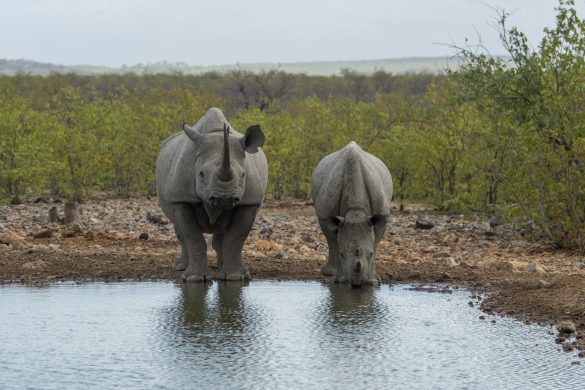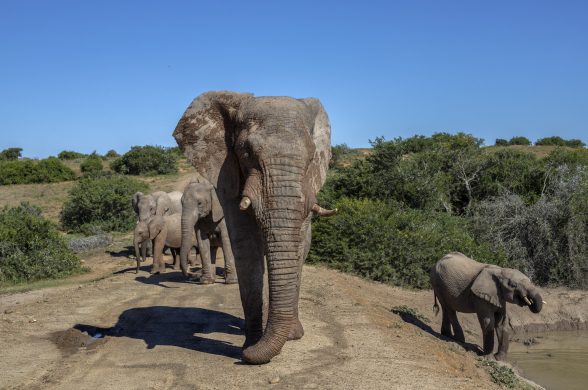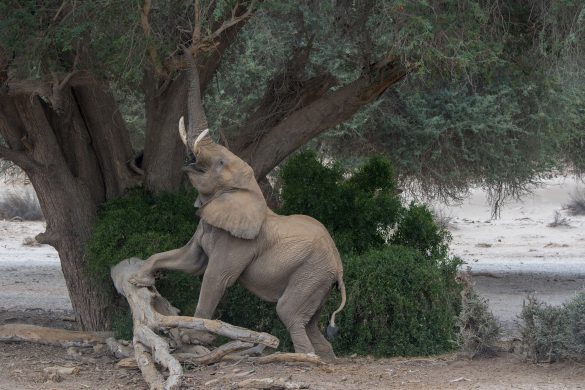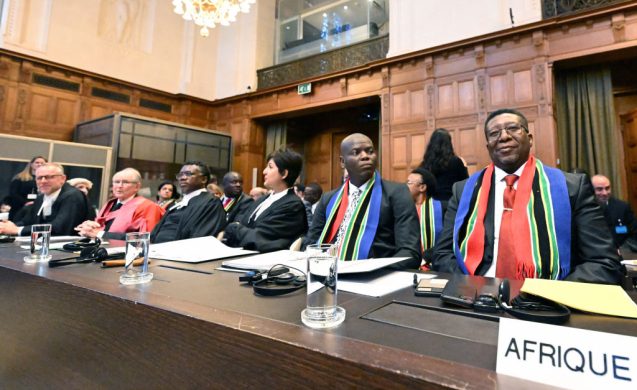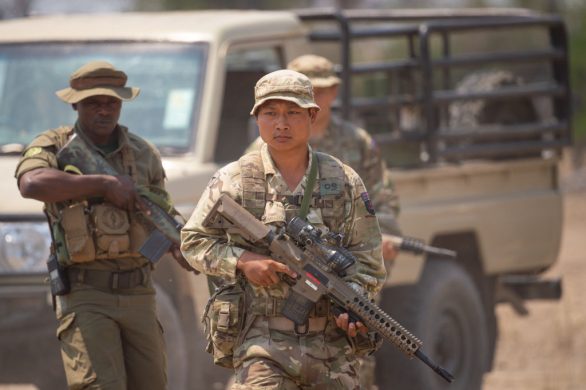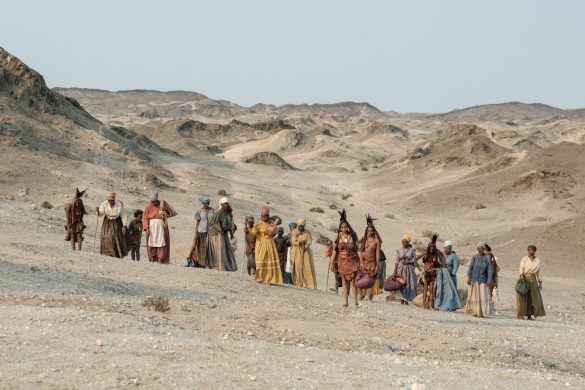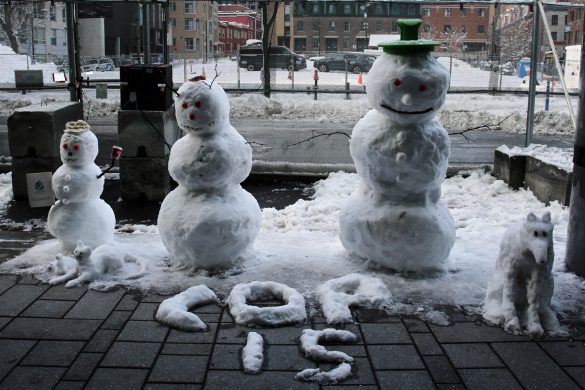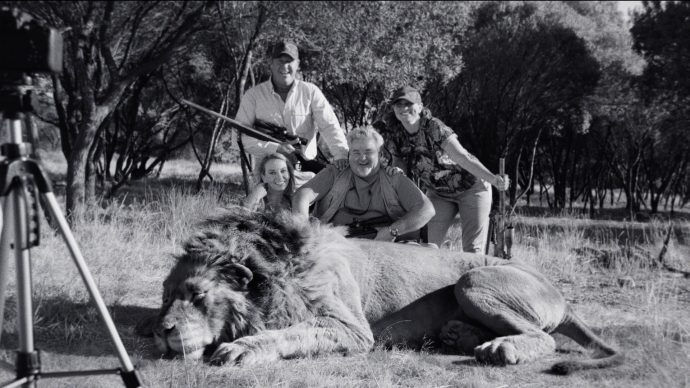Namibia oplever for tiden den værste tørke i mange år. Kornhøsten forventes at falde med 42 procent og 14 procent af befolkningen har brug for fødevarehjælp. Den gode nyhed er, at landet langt hen ad vejen selv kan håndtere problemerne, siger FN.
JOHANNESBURG, 30 May 2013 (IRIN): Namibia, already the driest country in sub-Saharan Africa, is experiencing a severe drought, with some regions receiving the lowest seasonal rainfall in three decades, according to figures released by the country’s meteorological service this week.
President Hifikepunye Pohamba declared the drought a national emergency on 17 May, following an Emergency Food Security Assessment that found that 331,000 people – over 14 percent of the total population – were in need of food assistance.
“Because of the climate conditions in Namibia, there’ll always be pockets of food insecure communities,” UN Resident Coordinator Timothy Bandora told IRIN. “Government has declared an emergency not because the situation is dire now, but because down the road [it will worsen].”
Cereal production for 2013 is expected to be down by an estimated 42 percent compared to 2012, according to a government forecast. Pastures for grazing have also been severely affected in six regions where many households rely on livestock production, with 4,000 livestock deaths already recorded.
Sell off livestock
“There’s no feed and no water,” said Bandora, adding that the government is encouraging households to sell off livestock as animals lose weight and prices fall rapidly.
The Namibian, a local newspaper, reported that cows were selling for 260 Namibian dollars (US$27) in the northwestern Kunene region last week, compared to 2,500 Namibian dollars ($255) per animal a year ago. The additional 50 Namibian dollars ($5) per head of cattle the government is offering as an incentive for farmers to sell has had a limited impact in many communities that depend on livestock farming, said Bandora.
The government has released a total of 200 million Namibian dollars (US$20.4 million) for responding to the drought crisis and is already distributing food aid and drilling additional boreholes in some regions.
“The government has the resources to respond to the immediate food needs,” commented Bandora. “But they lack capacity in some areas. We’re working with [them] to build the Directorate of Disaster Risk Management’s capacity and improve skills.”
The UN World Food Programme (WFP) supported the government with technical assistance during the emergency assessment that was conducted in April, but Bandora said there was a need for a more detailed assessment to be carried out.
“We need to go and identify those people who are affected as a result of the current drought, not by chronic drought conditions that are already covered by a number of government programmes,” he said.



